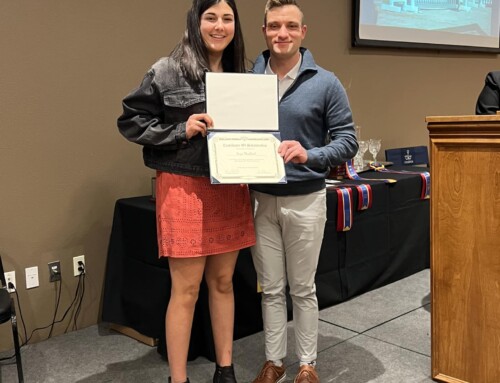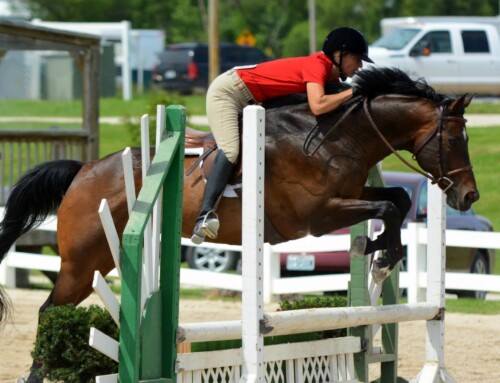We are what we eat! This hits home when we examine the broad range of diseases and disorders linked to nutrition. Some conditions are caused by nutritional imbalances; others have their root cause elsewhere but can be addressed with specialized nutrition. Here, we’ll take a look at ionophore poisoning.
A class of antibiotic drugs called ionophores (which horses are extraordinarily sensitive to) are commonly added to some cattle and other livestock feeds. Ionophores aid feed conversion and weight gain and help control coccidiosis (a protozoan infection); the best known is a drug called monensin sodium (known by various trade names such as Rumensin, Lasalocid and Naracin).
Ordinarily, these drugs would never be found in horse feeds, but if a batch of feed intended for equids was contaminated, a dose of monensin of only 1.o to 3.0 milligrams per kilogram of body weight would be enough to kill more than 50% of the horses to which they were administered. Death comes after hours of progressive weakness (especially in the hindquarters), incoordination, disorientation, colic, labored breathing and profuse sweating. In horses that recover from rumensin poisoning, there can be long-standing cardiac degeneration, unthriftiness and poor performance, with the possibility of delayed cardiac or circulatory failure
Because ionophores are such a danger to horses, look for feeds produced in a mill that doesn’t manufacture these medicated products. It’s also best to not recycle feed bags that might have been used to package feeds containing ionophores. Additionally, store horse feeds separately from cattle rations, preferably in a completely different area of the warehouse or barn.
Finally, never feed cattle feeds to horses, even if a price differential makes it tempting. They might look similar, but even without the risk of antibiotic contamination, cattle feeds are not designed to meet horses’ nutritional needs.
Sue Webster For Nancy Roth, DVM from The Horse, Your Guide to Equine Health Care


